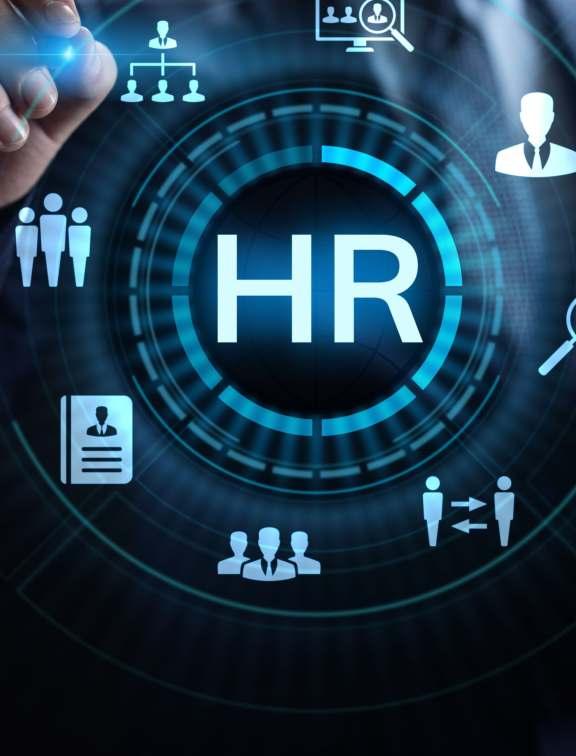
2 minute read
Unlocking Efficiency
Moreover, HR technology enables the creation of seamless onboarding processes. By utilizing electronic document management systems and automated workflows, new hires can complete paperwork online, eliminating the need for physical paperwork and reducing administrative bottlenecks. This streamlines the onboarding experience, ensuring that new employees are quickly integrated into the organization and can begin contributing to their roles sooner.
Efficient Time and Attendance Management
Managing employee time and attendance is a critical aspect of HR operations. Traditionally, this involved manual processes, such as tracking hours worked, calculating overtime, and managing time-off requests. HR technology simplifies and automates these processes, reducing administrative burdens and improving accuracy.
Time and attendance management systems allow employees to clock in and out electronically, automatically capturing their working hours. These systems can also calculate overtime, track absences, and manage time-off requests through intuitive self-service portals. This automation not only saves time but also minimizes errors associated with manual tracking, ensuring accurate payroll calculations and compliance with labor regulations.
Enhanced Performance Management
HR technology plays a pivotal role in optimizing performance management processes. Traditional annual performance reviews are often criticized for being timeconsuming and ineffective. However, HR technology introduces continuous performance management systems that streamline feedback, goal-setting, and performance tracking throughout the year.
Through performance management platforms, managers and employees can set goals, provide real-time feedback, and track progress. This enables ongoing coaching, recognition, and development discussions, fostering employee growth and engagement. By automating performance review reminders and generating performance reports, HR technology supports a more agile and effective approach to performance management.
Optimized Learning and Development
Efficient learning and development programs are crucial for employee growth and organizational success. HR technology offers tools and platforms that enable personalized and targeted learning experiences, maximizing the impact of training initiatives.
By centralizing employee data, HR technology allows HR departments to identify skill gaps and development needs at an individual or organizational level. This data-driven approach ensures that training programs are tailored to address specific areas of improvement. Learning management systems (LMS) enable the creation, delivery, and tracking of online courses, webinars, and other training materials. Employees can access these resources at their convenience, facilitating continuous learning and skill enhancement.
Furthermore, HR technology enables the measurement of training effectiveness through analytics and reporting. By collecting data on employee participation, completion rates, and performance outcomes, organizations can assess the ROI of their learning and development initiatives and make informed decisions to optimize future programs.
Conclusion
HR technology has revolutionized the way HR operations are managed, unlocking efficiency and empowering organizations to optimize their workforce management processes. Through automation, HR processes such as payroll management, benefits administration, and leave management can be streamlined, saving time and reducing errors. Centralized data management ensures data consistency and enables advanced reporting and analytics, providing valuable insights for data-driven decisionmaking.
Self-service portals empower employees and managers to access HR-related information and perform routine tasks independently, reducing the administrative burden on HR departments. This allows HR professionals to focus on strategic initiatives and value-added activities that contribute to the organization's overall success.
HR technology enables data-driven decision-making by providing comprehensive workforce data and analytics. HR departments can leverage these insights to identify areas of improvement, align HR strategies with organizational goals, and drive efficiency in talent acquisition, development, and retention.

-P. D. Bombarde










